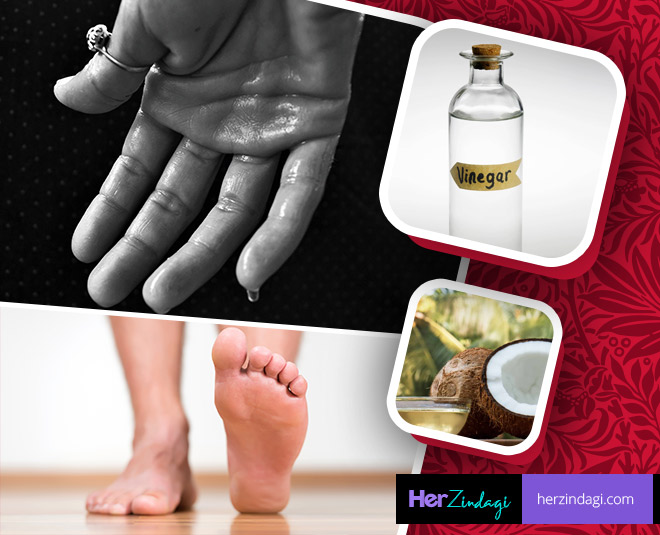How to Stop Sweaty Hands: Professional Dermatology Guidance for Taking Care Of Excessive Sweating
How to Stop Sweaty Hands: Professional Dermatology Guidance for Taking Care Of Excessive Sweating
Blog Article
Introducing the Intricacies of Excessive Sweating: A Comprehensive Overview to Medical Diagnosis and Administration
Excessive sweating, medically called hyperhidrosis, is a condition that influences a significant number of individuals and can have a profound influence on their top quality of life. While sweating is an all-natural physical function, its overactivity in hyperhidrosis offers an unique collection of challenges that typically exceed plain pain. Recognizing the underlying causes, recognizing the signs, and browsing the analysis process for hyperhidrosis can be intricate jobs. In this detailed overview, we will discover the intricacies of hyperhidrosis, from its diagnosis to the variety of therapy options offered, losing light on reliable monitoring strategies for those grappling with this problem.

Understanding Hyperhidrosis Causes
Hyperhidrosis creates can be attributed to different elements such as genes, hormonal inequalities, and particular clinical problems. Genes play a significant role in primary focal hyperhidrosis, where people inherit the condition from their relative. This kind of hyperhidrosis often materializes in particular locations like the hands, soles of the feet, underarms, and face. Hormonal discrepancies, especially an overactive thyroid gland or menopausal adjustments, can also trigger excessive sweating. Furthermore, certain medical problems such as diabetic issues, cardiovascular disease, and infections can cause second generalised hyperhidrosis. These underlying wellness concerns can interrupt the body's natural air conditioning system, causing the sweat glands to become over active. Recognizing the origin of hyperhidrosis is essential in diagnosing and successfully handling this problem. By identifying the specific variables contributing to extreme sweating, doctor can tailor therapy strategies to deal with the underlying reason, supplying alleviation and improving the lifestyle for people affected by hyperhidrosis.
Acknowledging Hyperhidrosis Symptoms

Moreover, hyperhidrosis symptoms may materialize in psychological and social distress, as people may really feel self-conscious or anxious regarding their sweating, leading to avoidance of social scenarios (Treatment for hyperhydrosis of hands and feet). Additionally, repeated episodes of excessive sweating can result in skin maceration, fungal infections, and a general decrease in self-worth
Diagnostic Refine for Hyperhidrosis
Starting the diagnostic procedure for too much sweating involves extensive evaluation of the person's case history and physical evaluation. Inquiring concerning the onset, period, and sets off of sweating episodes is vital to distinguish between main focal hyperhidrosis and second generalized hyperhidrosis. Case history ought to likewise websites consist of inquiries concerning medications, medical conditions, and household background of hyperhidrosis.
Throughout the physical exam, specific interest is paid to the locations influenced by sweating. The doctor may assess the degree of sweating, look for indications of underlying conditions, and examine the impact of sweating on the person's quality of life. Furthermore, particular tests like the gravimetric test, starch-iodine examination, or skin conductance dimensions might be carried out to measure the amount of sweat created.
In addition, in cases where second hyperhidrosis is suspected, added tests such as blood tests, pee tests, and imaging researches may be recommended to identify the underlying source of too much sweating. The analysis process aims to precisely identify the kind and reason of hyperhidrosis to guide appropriate monitoring look at this now techniques.
Treatment Alternatives for Hyperhidrosis
When addressing excessive sweating, different therapy choices are offered to alleviate symptoms and improve the person's lifestyle. The treatment technique for hyperhidrosis depends on the seriousness of symptoms and the individual's feedback to first therapies.
Topical treatments, such as aluminum-based antiperspirants, are often advised as the initial line of defense for taking care of moderate situations of hyperhidrosis. These products function by plugging the sweat air ducts, hence decreasing the quantity of sweat that reaches the skin's surface area. For people with a lot more severe symptoms, oral medications like anticholinergics may be recommended to help reduce sweating. These medications can have side effects and are not ideal for everybody.

Effective Monitoring Strategies
To efficiently handle hyperhidrosis, a thorough and individualized treatment strategy customized to the individual's particular needs and feedback to previous therapies is essential. Iontophoresis, entailing the use of a low electric present to lower sweat gland activity, can be useful for both palmoplantar and axillary hyperhidrosis. A multidisciplinary technique involving skin doctors, key treatment medical professionals, and, if necessary, surgeons, can enhance the administration of hyperhidrosis.
Final Thought
In final thought, hyperhidrosis is a problem defined by excessive sweating, which can considerably influence a person's high quality of life. With appropriate diagnosis and monitoring techniques, people experiencing from hyperhidrosis can find relief and improve their overall well-being.
Extreme sweating, clinically recognized as hyperhidrosis, is a problem that affects a significant number of individuals and can have a profound influence on their top quality of life. By identifying the specific elements contributing to excessive sweating, medical care carriers can tailor treatment strategies to address the underlying reason, using alleviation and improving the high quality of life for my blog individuals affected by hyperhidrosis.
Hyperhidrosis, defined by too much sweating beyond what is essential for regulating body temperature, can significantly influence a person's high quality of life. Making inquiries concerning the onset, duration, and causes of sweating episodes is crucial to distinguish between primary focal hyperhidrosis and additional generalized hyperhidrosis. Sweaty hands treatment.In verdict, hyperhidrosis is a problem identified by extreme sweating, which can significantly impact an individual's quality of life
Report this page